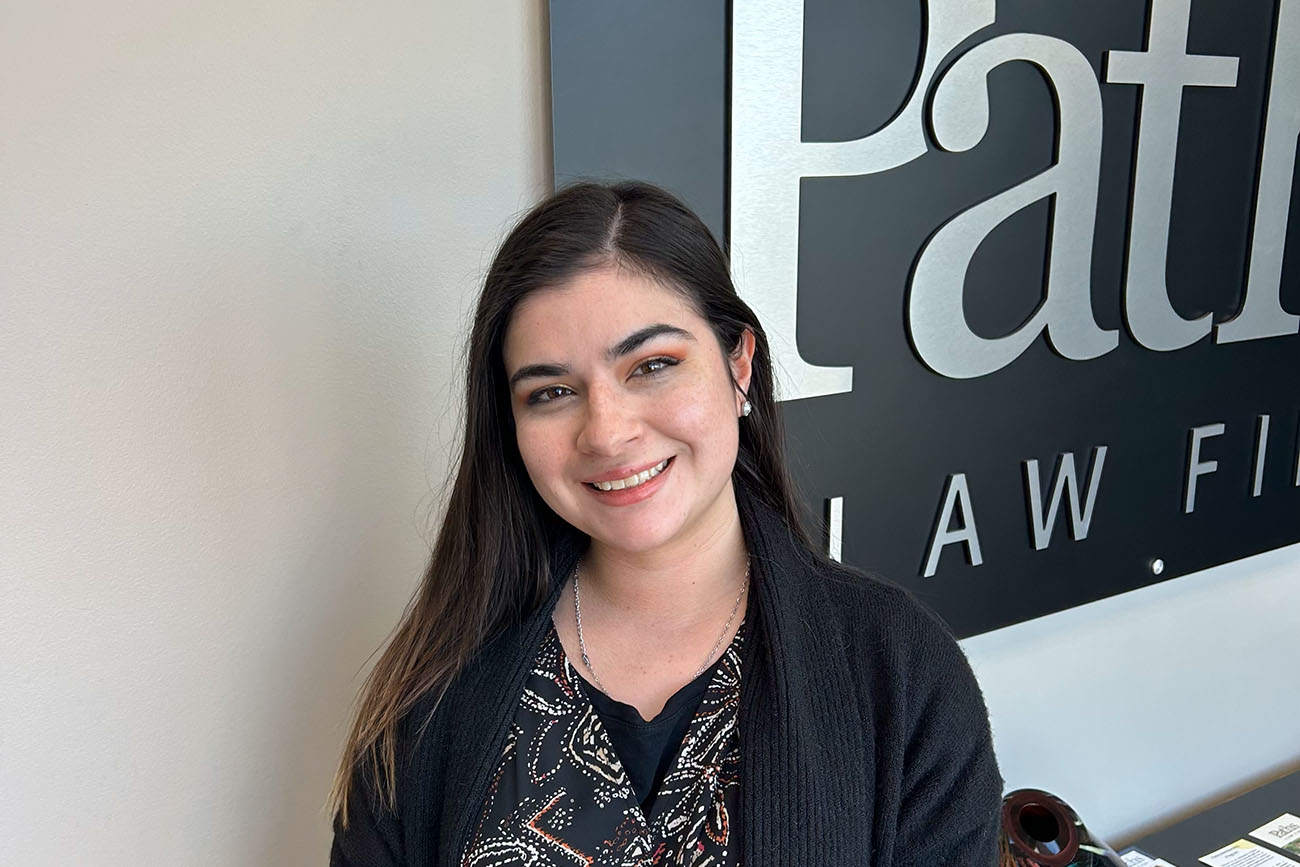Preparing for the inevitable takes proper planning and thoughtful consideration. This is especially true when it comes to the protection of your assets. This includes protection from creditors, scammers, and medical expenses, ornursing care expenses. This article briefly explains and discusses what a Medicaid Asset Protection Trust (MAPT) is, why it is important, and how it can be used. This type of trust is also called by other names such as a Medicaid Planning trust, Medicaid Trust, or Home Protection Trust.
*This blog is for educational purposes only and should not be considered legal advice. The use of the Paths Law Firm website does not constitute a client-lawyer relationship.
A trust is a legal entity holding title to assets. It is a written document, like a contract, with provisions or rules on how the assets titled in the trust are to be managed and used. Different types of trusts have different provisions and different purposes. Usually, we assign titles to trusts describing the purpose for which they’re being used.
All trusts have three positions, one is the “grantor”. This is usually an individual or a married couple. The grantor creates, or starts, the trust and may also be referred to as the settlor or the trustmaker. The second position, in no particular order, is the “trustee”. This may be an individual, a committee of persons, or a professional trustee, usually a bank. This position is the manager of the assets held in trust and the one responsible for following the directions regarding who is to benefit from the trust and administering it. Finally, the third position is the “beneficiary”. It is common for trusts to have multiple beneficiaries and this position may consist of persons, organizations, or have an overall purpose. This is the person or entity receiving the income or the principal (assets) of the trust.
There are many different types of trusts however not all trusts are Medicaid Asset Protection Trusts. Usually, a title for a trust is assigned to describe the overall general purpose of using the trust. This may include an irrevocable life insurance trust, a qualified spousal trust, or even the more common revocable living trust. This title will usually tell an experienced estate planner a lot when reviewing a plan.

What is a Medicaid Asset Protection Trust?
A Medicaid Asset Protection Trust, or often referred to as a MAPTfor convenience, can be a valuable planning strategy to help applicants meet Medicaid’s income and asset limits. It is a tool used in elder law and designed to help seniors ensure their assets go to the intended beneficiary or heirs vs. being lost to the cost of care in the future. This type of trust helps protect an applicant’s assets which would otherwise be counted in determining eligibility. This trust is used to shield assets from nursing home care costs; however, some rules restrict the protection of the trust.
One rule with which many people are familiar is the “5-year look-back period.” Essentially, if any asset is transferred, whether as a gift to an individual or to MAPT, a penalty period will be assessed against the applicant. During this penalty period, the applicant is not eligible for Medicaid benefits. The length of the penalty period is determined by the value of the asset(s) transferred within 5 years of applying for Medicaid.
It is easiest if the assets are transferred to the trust and the trust is in place for 5 years before applying for Medicaid in order to meet the 5-year look-back period rule. However, most don’t know, but the law actually requires the penalty period to be assessed for transfers made for the purpose of qualifying for Medicaid. An experienced attorney should help you understand how intervening factors, pre-existing conditions, and other factors impact this additional provision.

How Does a Medicaid Protection Trust Work?
To better understand a MAPT, it is important to note the person creating the trust, referred to as a grantor, settlor, or trustmaker, should not be the trustee of the trust. The adult children, grandchildren, or other family members can be trustee(s). The trustee must follow the rules set by the trust, which specify how trust income and principal can be used. Also, there are beneficiaries assigned to the trust. The beneficiaries are the individuals who benefit from the trust. Beneficiaries’ designations are very flexible and they may benefit from the trust during the grantor’s life or after the applicant’s death.
For the MAPT to be compliant with Medicaid and for the assets held in the trust not to be considered when qualifying for Medicaid, the grantor cannot be a beneficiary of the trust principal, that is the assets of the trust. If the grantor is a beneficiary, he or she would have direct access to the assets making them available to pay for care based on Medicaid’s rules. An experienced planner can discuss the options available to lessen the fears a grantor may have regarding access to their assets.
The trust must be irrevocable to be exempt fromMedicaid’s income and asset limits. Irrevocable means the trust cannot be changed or canceled once it has been put in place. Once income and assets have been transferred to an irrevocable trust, they are no longer considered to be controlled by or owned by the grantor. The trust will specifically restrict transferring any assets to or back to the grantor. This is why revocable trusts (often referred to as “living trusts”) are still in the control of the grantor and therefore counted towards the grantor’s income and asset limits set by Medicaid.

What Are the Benefits of a Medicaid Trust?
If you are considering a Medicaid Asset Protection Trust, it is important to plan as far in advance as possible. This is because it cannot be used immediately by an individual applying for Medicaid benefits. Remember the 5-year look-back provision. If an individual needs Medicaid quickly there are other laws and strategies an experienced elder law attorney can implement.
Below are a few of the benefits of a Medicaid Trust:
- Allows the applicant to place income and assets over the Medicaid limits in the trust to help meet Medicaid’s requirements without having to spend downassets.
- The assets in the trust are protectedfor beneficiaries listed by the trustee making them protected from estate recovery.
Shortcomings of a Medicaid Trust:
- The trust must be set up 5 years before an individual applies for Medicaid.
- Income and Assets transferred into the trust are not directly or solely controlled or owned by the grantor. The assets cannot be transferred back if the grantor becomes well enough to return home.

What Assets Can be Put in a Medicaid Planning Trust?
Assets are placed in a Medicaid Asset Protection Trust are not counted towards the asset limit if the plan is properly done. This can help individuals applying for Medicaid to qualify, as long as the trust has been in place for a sufficient amount of time or the other factors addressed above are met.
Essentially any type of asset can be transferred to the trust. Some assets are highly suggested to be transferred to the trust, but a couple of types of assets are not eligible to be transferred directly. A recommended asset eligible to be placed in a Medicaid Asset Protection Trust for planningis an individual’s home. When a grantor transfers their home into a Medicaid Asset Protection Trust, he or she may continue to live in the home and even sell the home and purchase a new one.
Other assets suggested to be transferred to this type of trust include other real estate, checking and savings accounts, and investments. Good guidelines to consider when deciding which assets to transfer are 1) any assets not likely needed for a year or so, and 2) it is better to transfer more assets, rather than less. Retirement accounts, such as a401K,IRA, and most annuities really cannot be titled in any trust because of tax implications which are best discussed with your attorney or financial advisor.
Another important factor of which to be aware of relates to income-generating assets. If assets generate income in the Medicaid Asset Protection Trust, the grantor can collect the income generated, and the principal can continue to be protected. Before choosing the income to be paid to the grantor, it should be considered if the income generated pushes an applicant over any benefit income limit. Generally, when an individual is in a nursing home, any income produced by the principal in a Medicaid trust goes towards nursing home costs. An advanced estate planning attorney can discuss the use of “spigot powers” to regulate or later control the income payments.

Working with a Medicaid Planning Attorney
It is vitally important a trust is set up correctly. There is no exception when it comes to a Medicaid Asset Protection Trust, which can be extraordinarily complex. Because Medicaid rules change frequently it is recommended to work with anexperienced elder law attorneywho has a lot of knowledge and experience working with MAPT laws and the intricacies of trusts in general. If a MAPT is set up incorrectly it could cause an individual to be ineligible for benefits through Medicaid, which defeats the purpose of creating this type of trust.
AtPaths Elder Law, we focus on working with seniors and their families to ensure a brighter future. We are deeply versed in the laws of Medicaid and understand how important it is to prepare for the future with the appropriate planning strategies. If you or a loved one needs assistance protecting your assets with a Medicaid Asset Protection Trustor other planning strategies to protect your future,contact usto schedule a consultation. Our experienced and caring staff will work with you to create a custom plan based on your circumstances and needs.



































